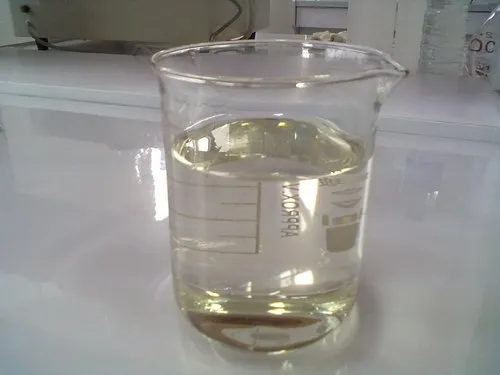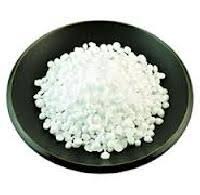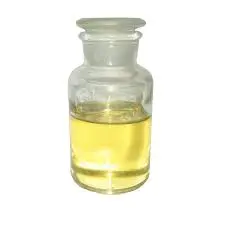Stearic Acid (C18 63% - 68%)
|
IUPAC Name |
: Octadecanoic acid |
|
Cas Number |
: 57-11-4 |
|
HS Code |
: 3823.11.00 |
|
Formula |
: C18H36O2 |
Basic Info
|
Appearance Name |
: White Beads/Flakes |
|
Common Names |
: Octadecanoic acid |
|
Packaging |
: 25 kg PP Bag |


.webp)


